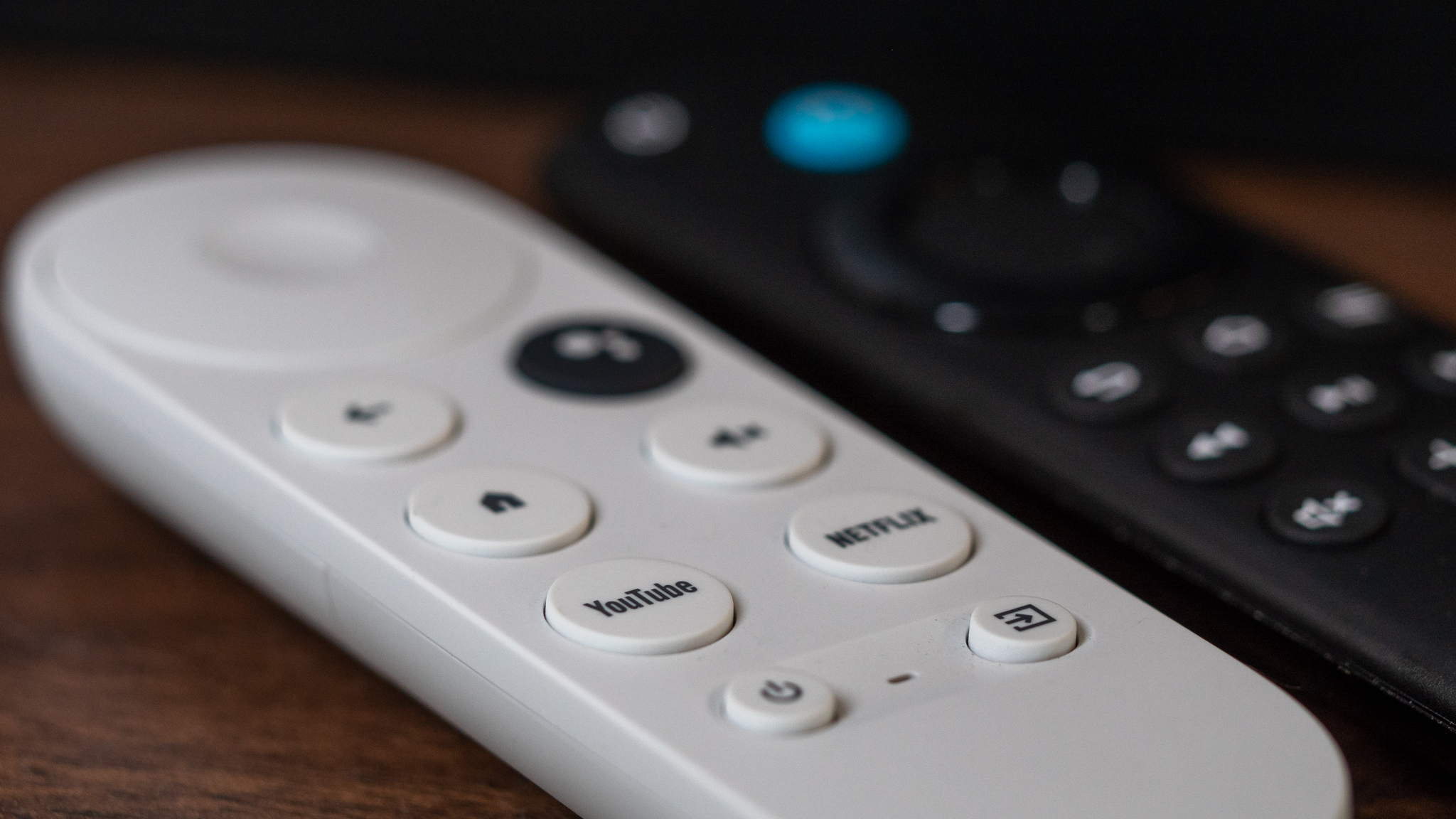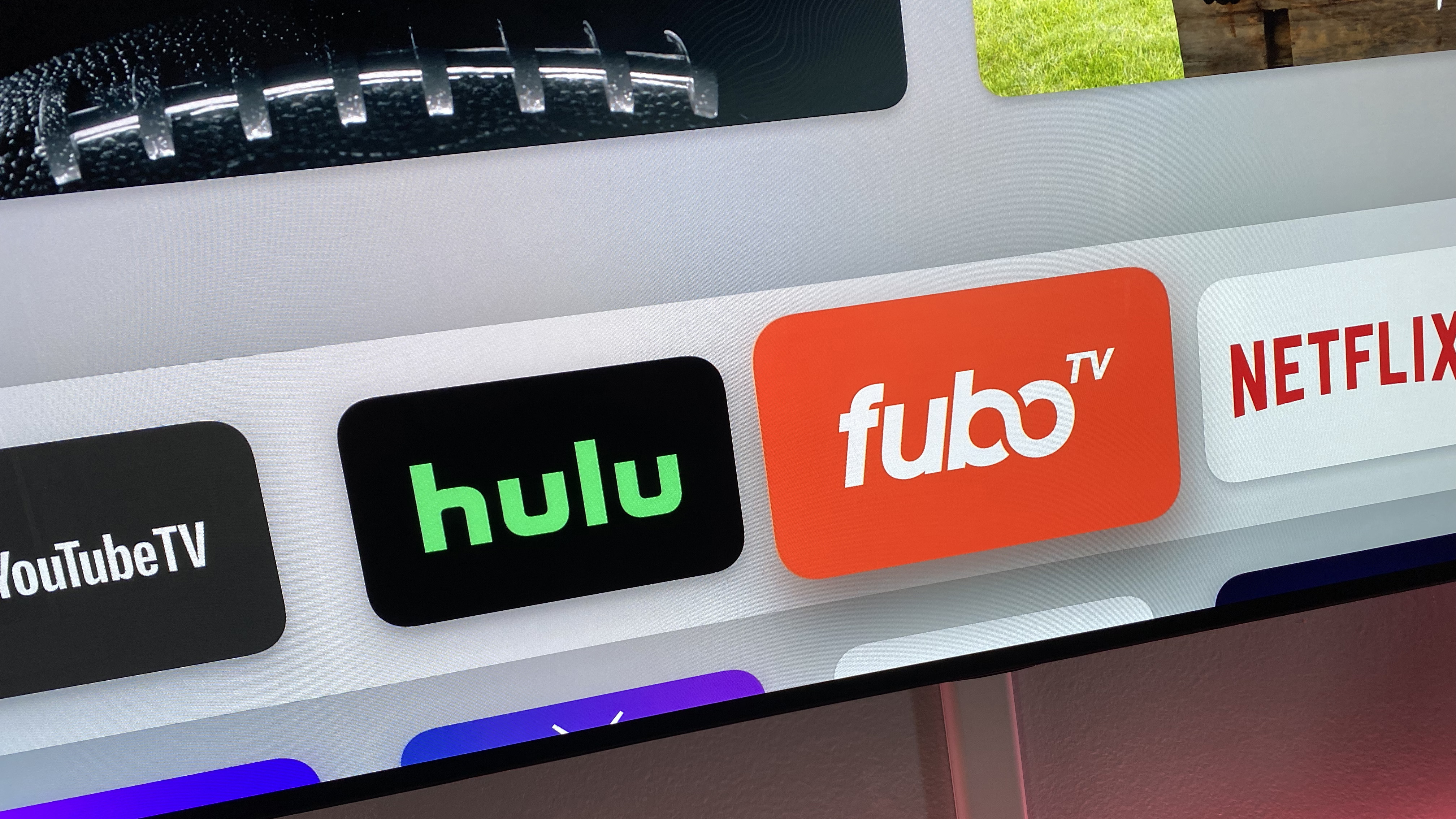If Roku loses YouTube TV (or if YouTube TV loses Roku), you've got options
Mommy and Daddy are fighting again. The good news is that you have more affordable choices than ever.

Update December 2021: panic over. The long-running disagreement between YouTube and Roku has been resolved and Roku owners have full access to YouTube TV again.
Original article:
Depending on who you ask, YouTube TV may be about to pull its support for the Roku platform. Or Roku, in the immortal words of Randal Graves, is about to tell YouTube TV that it's not allowed to rent here anymore.
There's nothing attractive about two very rich companies fighting, with nobody but employees and customers caught in the middle. But here we are again. Same as it ever was.
The gist is this: On the morning of April 26, Roku sent an email to its customers (it's not clear just how many of its customers, or whether it was just those who have the YouTube TV channel loaded) with the subject line "Google may remove your access to YouTube TV." That sets the stage. "Google's going to take this thing away from you, and us." Whether that's 100 percent true is up for debate. The email goes on to say that "recent negotiations with Google to carry YouTube TV have broken down because Roku cannot accept Google’s unfair terms as we believe they could harm our users."
OK, that's a little different. That's like saying "I refuse to pay the price you're saying I have to pay that I think is unfair, but how dare you not let me have that thing I refuse to pay for." Welcome to the childish world of the video business, boys and girls.
Roku goes on to decry Google's "monopoly power" and "unfair and anticompetitive requirements to manipulate your search results," neither of which seems to have a damn thing to do with your desire to watch live TV. But that's neither here nor there. For its part, YouTube TV calls the complaints "baseless."
The latest updates, reviews and unmissable series to watch and more!
What, then, would happen if Google were to unceremoniously strip YouTube TV off of Roku? Or, if you want to put it another way — what if Roku is unwilling to pay whatever Google is asking in order to offer Youtube TV?
It's worth a reminder that what they're fighting over is, in fact, money. Google makes money by selling ads against shows you watch on YouTube TV, and Roku presumably gets a slice of that pie. YouTube TV also now allows you to sign up for third-party channels like HBO Max and Showtime directly inside of the YouTube TV app on Roku, so chances are Roku gets a cut from that as well. Terms of those percentages almost certainly are what they're arguing over. YouTube TV probably doesn't want to fork over as much as Roku is demanding. Or Roku doesn't want to accept a number a low as what YouTube TV is offering.
Who's to blame really doesn't matter — and the continued use of customers as pawn in that little business game is as unseemly here as it is when YouTube TV and Sinclair were fighting. Or when Sling and the NFL were fighting. Or when Hulu and Sinclair were fighting.
This situation is a little different, though. Here, have options. Good ones.

Hardware options if Roku loses YouTube TV
It's really easy to replace a Roku device. Easy — and inexpensive. That's because the vast majority of Roku devices come in at under $50. Roku itself just unleashed the Roku Express 4K+ for just $40 — and like the name implies it gets you 4K resolution for that price.
But, frankly, Roku isn't the low-cost diamond in the rough that it once was.
Its biggest competitor in the space is Amazon Fire TV. Roku and Amazon Fire TV are No. 1 and No. 2 in the United States, respectively, and the reverse in the rest of the world.
The Amazon Fire TV Stick 4K costs just $50 when it's not on sale. (And it's often on sale.) And, in fact, it's better than any of Roku's hardware at that price point, supporting both Dolby Vision for high dynamic range (the Express 4K+ only has HDR10), and Dolby Atmos for audio. It has basically every app that you'd be able to get as a Roku "channel" (which is what Roku calls apps), plus the added bonus of being a direct link to the Amazon ecosystem. That means even easier access to everything that Amazon Prime Video has to offer. That means direct access to Amazon Alexa. (Roku also supports Alexa, but built-in is always better than not.)
If you just don't want to go the Amazon route — and there are plenty of reasons why that might be a concern — then Google's got you covered. The new(ish) Chromecast With Google TV is the latest entertainment option from Google, and it's pretty darn good. It also retails for $50. Our biggest gripe is that like all devices in that price point — including Roku — is that it's a little underpowered and can occasionally make you wait a few seconds before it does what you've told it to do. But outside of that, you'll also have access to all the streaming apps you have on Roku. That includes services like Apple TV+, Amazon Prime Video, Hulu, Paramount Plus and more. It's got all the power of Google Home inside it, too, so it's great for search and recommendations and controlling all your smart things — very much like Amazon Fire TV. YouTube TV works just as well on it as it does on Amazon Fire TV.
Or if you want to go the more expensive route (and given that your TV interface is something you're going to be interacting with a lot, I say it's worth it), crack open your wallet and go for the new Apple TV 4K 2021 model. It's like butter.

Other streaming services if Roku loses YouTube TV
If you just have to stick with Roku — and that's a perfectly fine position to take — you have options as well.
The easiest way to compare MPVD streaming services (that's multi-platform video distributor) is to start with price. That generally will give you a good idea of just how robust a service you're dealing with, and how many channels you'll have access to.
And to that end, there are several services in the United States that land at the same $65-a-month price point as YouTube TV.
MORE: YouTube TV vs. Hulu
The first, and most familiar, would be Hulu With Live TV. Like YouTube TV, Hulu With Live TV has just a single plan of channels. What you pay for is what you get. But unlike YouTube TV, Hulu With Live TV also gets you access to the full Hulu on-demand catalog. And that means you're really getting a lot more for your money. We're talking thousands of movies and shows in addition to what's on linear TV. Hulu also tends to match the YouTube TV free trial.
And if you want to take another leap, consider just springing for the Disney Bundle. That'll get you Hulu With Live TV, the Hulu on-demand catalog, ESPN+, and Disney+, all for just $7 more a month.
That's a really tough deal to beat.
Why not go with Hulu With Live TV, then? Hulu's coverage of local broadcast affiliates (particularly CBS) isn't quite as strong. Maybe that's a deal-breaker, and maybe it isn't. YouTube TV also has the stronger cloud-based DVR, seeing as how it's unlimited.
If Hulu With Live TV just isn't your jam, you've got another option in that same price range. The "Starter" plan for FuboTV hits at $65. (Be sure to take advantage of that Fubo TV free trial, though.)
That basic plan will get you some 95 channels, 500 hours of cloud-based DVR, and the ability to watch on three devices at the same time.
You can build up from there. The Fubo Elite plan costs $80 a month for 153 channels, 1,000 hours of cloud-based DVR, and up to five streams at the same time.
FuboTV is pretty strong in the local channels game, too, though like every other service you'll want to double check that it has your location stations.
Phil spent his 20s in the newsroom of the Pensacola (Fla.) News Journal, his 30s on the road for AndroidCentral.com and Mobile Nations and is the Dad part of Modern Dad.


